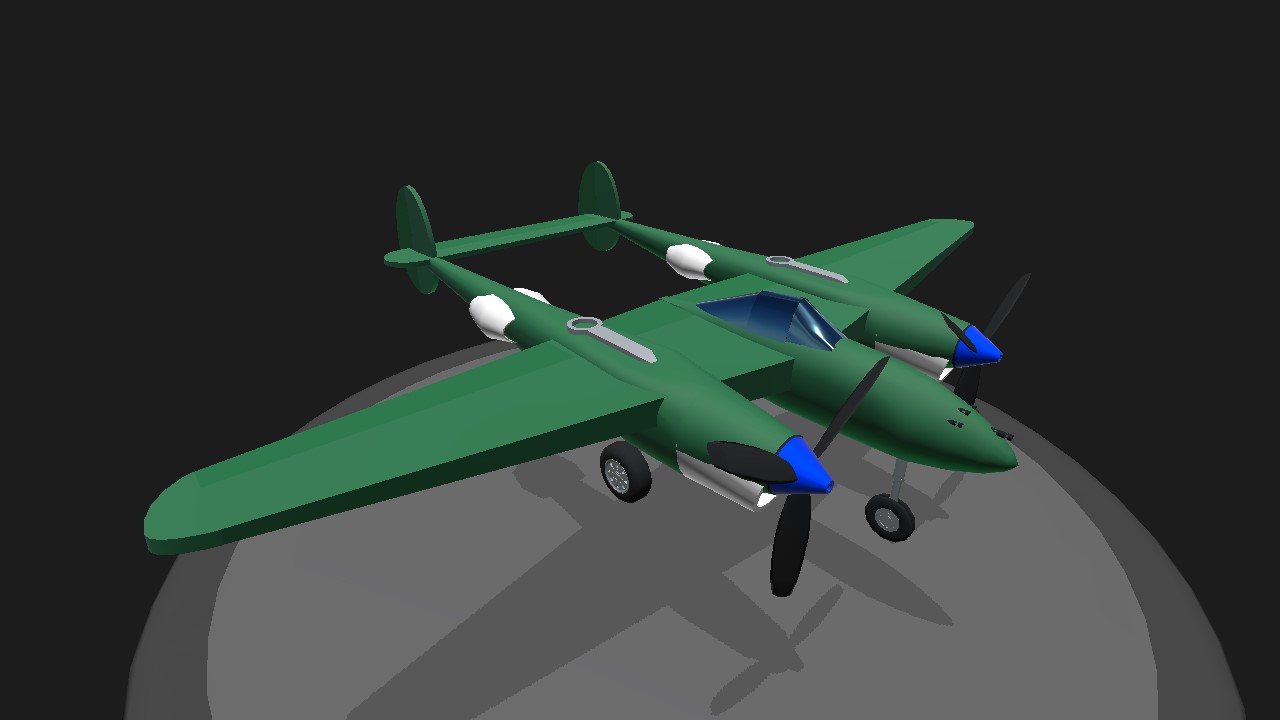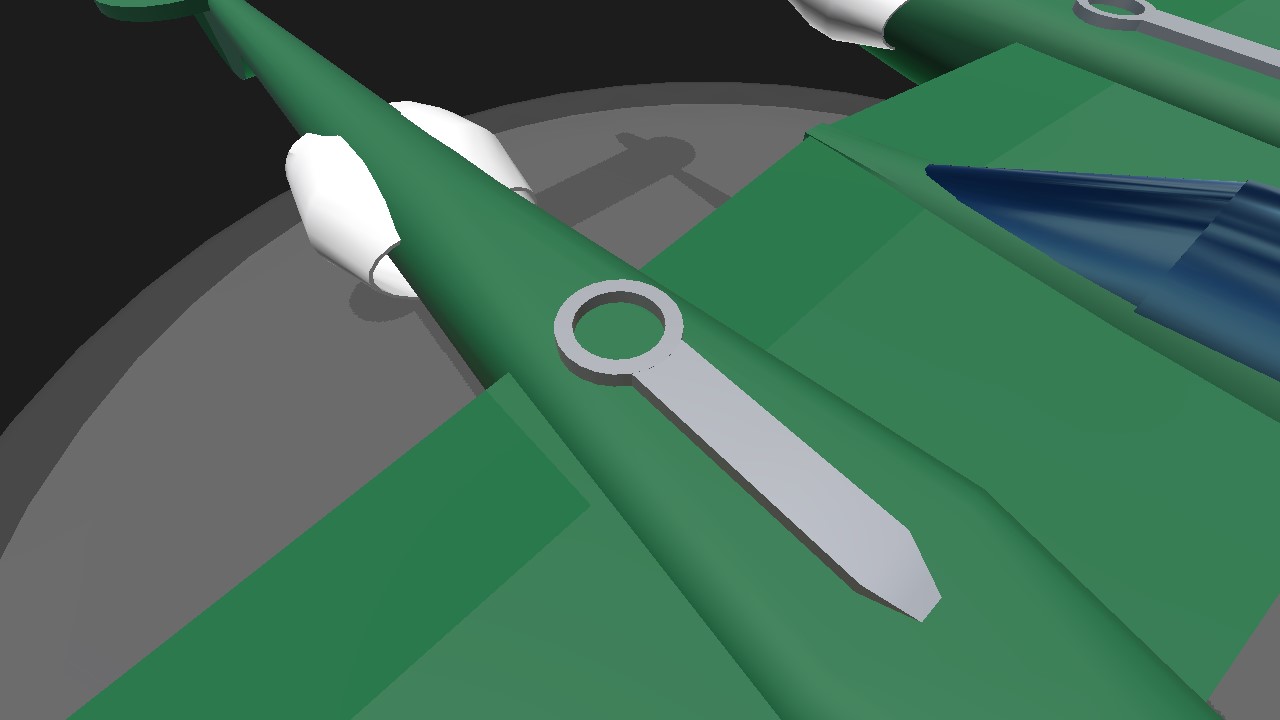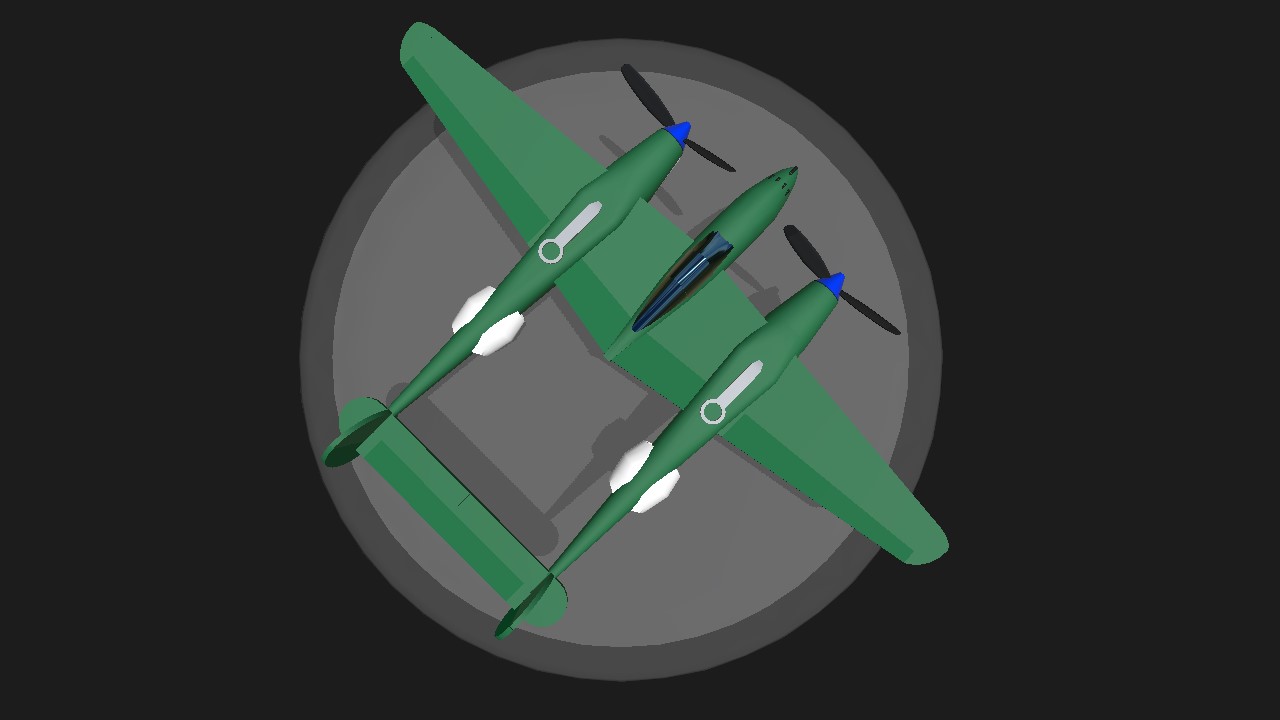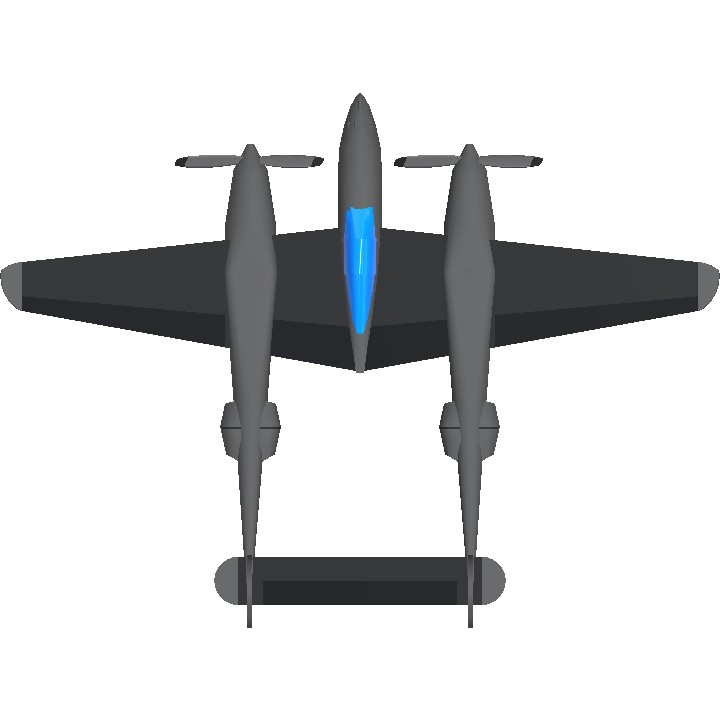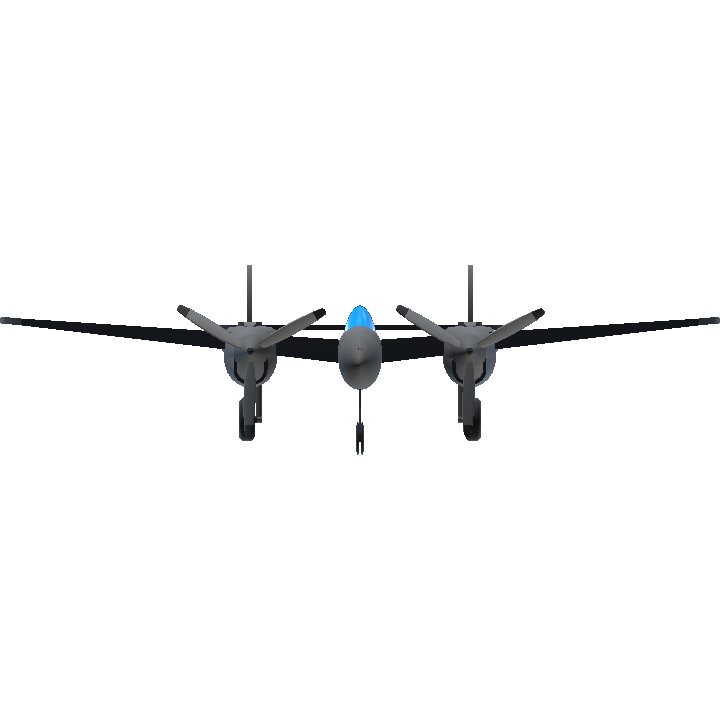The Raptor's Ancestor~
Lockheed P-38 Lightning
The Lockheed P-38 Lightning was a distinctive and versatile all-metal American fighter aircraft used during World War II. Its unique twin-boom, twin-engine design made it instantly recognizable and contributed to its impressive performance in a variety of roles, from high-altitude interception to ground attack and reconnaissance. The P-38 was a complex machine for its time, pushing the boundaries of aeronautical engineering and becoming a legend in the skies.
Conceived in 1937 as a response to a U.S. Army Air Corps requirement for a high-altitude interceptor, the P-38 was the brainchild of Clarence "Kelly" Johnson, a brilliant engineer at Lockheed. He envisioned an aircraft capable of intercepting enemy bombers at high altitudes and dealing a swift, decisive blow. The resulting design was radical: two Allison V-1710 liquid-cooled engines, each powering a three-bladed propeller, were mounted in streamlined booms flanking a central nacelle containing the cockpit and a concentrated battery of four .50 caliber M2 Browning machine guns and a 20mm Hispano-Suiza cannon.
This configuration offered several advantages. The twin engines provided ample power and redundancy, crucial for long-range missions. The central nacelle concentrated the aircraft's firepower on a single point, making it exceptionally accurate. The twin-boom design also allowed for excellent stability and maneuverability.
However, the P-38 was not without its challenges. Early models suffered from engine problems, particularly turbocharger issues at high altitudes. Compressing air for the turbochargers also took a lot of energy, making the engines feel sluggish. Furthermore, the P-38 was complicated to manufacture and maintain, requiring specialized training for ground crews. The cold weather conditions experienced by pilots at high altitude missions in the earlier models led to physiological problems and even death.
Despite initial teething problems, the P-38 quickly became a mainstay of the USAAF in nearly every theater of the war. It saw extensive action in the Pacific, where its long range and heavy firepower proved invaluable against Japanese aircraft and shipping. Perhaps its most famous operation was the interception and shooting down of Admiral Isoroku Yamamoto, the architect of the Pearl Harbor attack, in April 1943. The P-38s involved in this mission flew a grueling 700-mile round trip, a testament to the aircraft's endurance.
In Europe, the P-38 played a vital role in escorting bombers on deep penetration raids, providing valuable fighter cover against the Luftwaffe. It also excelled in the fighter-bomber role, strafing ground targets and attacking enemy armor. The P-38 was particularly effective in reconnaissance missions, using its speed and altitude to gather vital intelligence on enemy positions. Specialized photo-reconnaissance versions, known as the F-4 and F-5 (later as RF-38, please consider to not be confused with later McDonnell Douglas F-4 Phantom II and that Northrop light fighter jet), were extensively used for this purpose.
The Lockheed P-38 Lightning stands as a testament to American ingenuity and engineering prowess. Its distinctive design, impressive performance, and versatility made it one of the most successful and iconic fighter aircraft of World War II. It served with distinction in every major theater of the war, contributing significantly to the Allied victory. Even today, the P-38 remains a popular subject for model builders, aviation enthusiasts, and historians alike.
Possible Aircraft Nicknames:
"Fork-Tailed Devil": This was perhaps the most popular and well-known nickname, especially among German pilots and airmen. It spoke to the P-38's menacing appearance and its reputation as a formidable opponent. The twin-boom design, with its distinctive tail configuration, resembled the devil's pitchfork.
"Two Planes, One Pilot": This humorously reflects the P-38's twin-engine configuration, implying that it was like flying two separate aircraft at once.
"Double Mustang": A humorous play on words, referencing the North American P-51 Mustang, which was one of the war's best single-engine fighters. The "Double Mustang" implied that the P-38 was like having two Mustangs working together, until the later slightly-more-literal F-82 Twin Mustang.
"Droop Snoot": This nickname described a modified P-38 that carried a bombardier in the nose and lead formations of P-38s carrying bombs.
"Snow White": Often used for the white-painted P-38s used for high-altitude reconnaissance missions.
"Greased Lightning": A more generic term used to describe anything fast, but it was certainly fitting for the P-38, especially in its later, more powerful versions.
"Whispering Death": According to some sources, Japanese pilots referred to it with this name, mainly because that aircraft had the habit of appearing unexpectedly at great height.
- About the variant
P-38J Lightning
This production variant was built in 1943 with improvements to each batch, notably an increase of Hp that came with an improved turbocharger. It also included chin radiators, flat bullet-proof windshields, power-boosted ailerons, and increased fuel capacity* 2970 were built. Some were modified to pathfinder configuration and to F-5C, F-5E, and F-5F.
C O N T R O L S
Trim : Flaps, cruising 'rotate' adjuster
VTOL : Further flaps
Specifications
General Characteristics
- Created On Android
- Wingspan 48.6ft (14.8m)
- Length 36.1ft (11.0m)
- Height 12.9ft (3.9m)
- Empty Weight 5,781lbs (2,622kg)
- Loaded Weight 9,822lbs (4,455kg)
Performance
- Horse Power/Weight Ratio 0.325
- Wing Loading 21.7lbs/ft2 (106.1kg/m2)
- Wing Area 452.1ft2 (42.0m2)
- Drag Points 2639
Parts
- Number of Parts 83
- Control Surfaces 14
- Performance Cost 517

